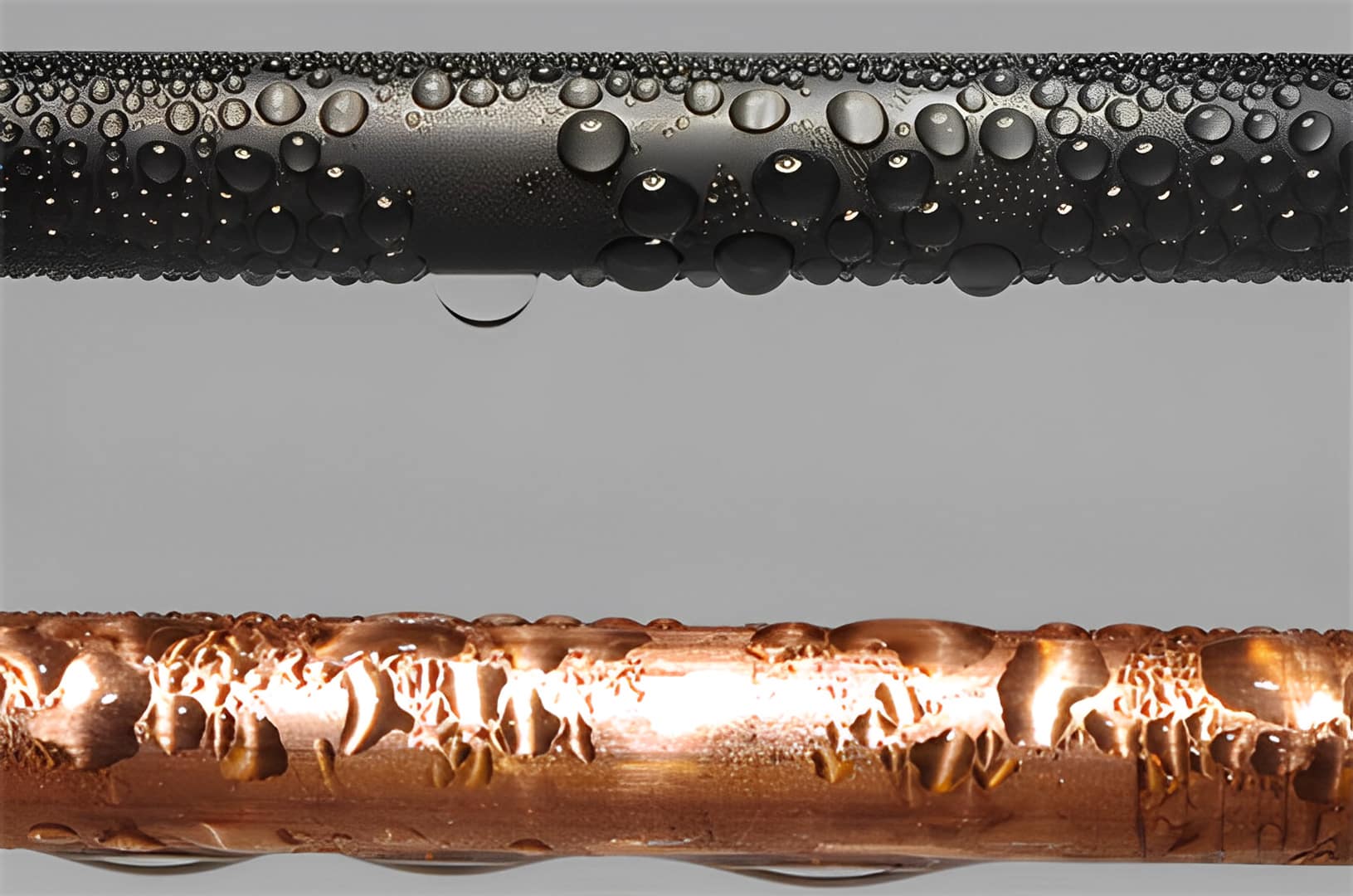When it comes to doing aerobatic maneuvers, aerial drones seem to be rapidly catching up to birds. But flying robots also are becoming adept at another avian feat of agility that’s nearly as amazing — the ability to land and perch on just about any object or surface, ranging from tree branches to telephone wires, without falling off.
Stanford University researchers, for example, have developed a device called a stereotyped nature-inspired aerial grasper, or SNAG, which can be attached to a quadcopter drone to give it feet and legs resembling those of a peregrine falcon. When equipped with the device, the drone is able to fly around catching and carrying objects and perching on various surfaces, according to a Stanford news release dated Dec. 1, 2021, describing the work.
But duplicating the agility of birds wasn’t easy to do. The researchers shot video of small parrots flying back and forth between special perches that contained sensors to measure the physical forces of landing, perching and takeoff.
“What surprised us was that they did the same aerial maneuvers, no matter what surfaces they were landing on,” one of the researchers, William Roderick, explained in the news release. Roderick is a Ph.D. in mechanical engineering and the author, with engineering professors Mark Cutkowsky and David Lentink, of an article on the project, published Dec. 1, 2021, in the journal Science Robotics. “They let the feet handle the variability and complexity of the surface texture itself,” he said.
Giving a drone similar abilities required technological ingenuity. SNAG has a 3D-printed structure that emulates a falcon’s lightweight bones, and each of its legs is equipped with a motor for moving back and forth and a second one for grasping.
Mechanisms in the robot’s legs are designed to absorb impact energy and passively convert it into grasping force, the way that a bird’s tendons would. As a result, a drone equipped with the device can clutch something strongly in just 20 milliseconds. Once the robot’s feet are wrapped around a perch, its ankles lock and an accelerometer — a device that measures vibration — detects the landing and triggers a balancing algorithm to stabilize it on the perch.
Elsewhere, researchers at other institutions also have been working for years on giving drones the ability to land and hang onto something. As this 2019 Smithsonian article explains, being able to land in various places helps drones to conserve energy that they would expend by having to remain airborne. That’s important, because the flight time of robotic aircrafts is limited by their battery power.
Note: This article have been indexed to our site. We do not claim legitimacy, ownership or copyright of any of the content above. To see the article at original source Click Here








